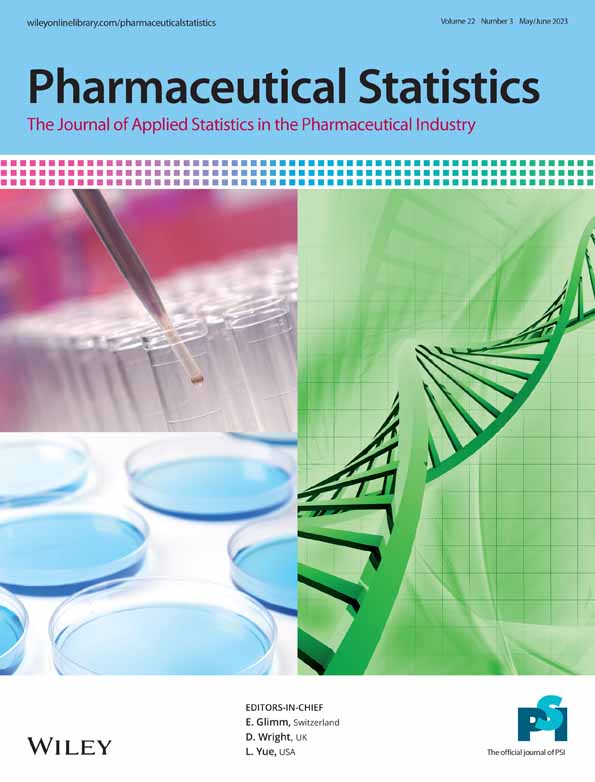An improved score-type confidence interval for stratified risk differences involving rare events
Abstract
A stratified analysis of the differences in proportions has been widely employed in epidemiological research, social sciences, and drug development. It provides a useful framework for combining data across strata to produce a common effect. However, for rare events with incidence rates close to zero, popular confidence intervals for risk differences in a stratified analysis may not have appropriate coverage probabilities that approach the nominal confidence levels and the algorithms may fail to produce a valid confidence interval because of zero events in both the arms of a stratum. The main objective of this study is to evaluate the performance of certain methods commonly employed to construct confidence intervals for stratified risk differences when the response probabilities are close to a boundary value of zero or one. Additionally, we propose an improved stratified Miettinen–Nurminen confidence interval that exhibits a superior performance over standard methods while avoiding computational difficulties involving rare events. The proposed method can also be employed when the response probabilities are close to one.
Open Research
DATA AVAILABILITY STATEMENT
I confirm that my article contains a Data Availability Statement even if no data is available (list of sample statements) unless my article type does not require one (e.g., Editorials, Corrections, Book Reviews, etc.). ;I confirm that I have included a citation for available data in my references section, unless my article type is exempt.




